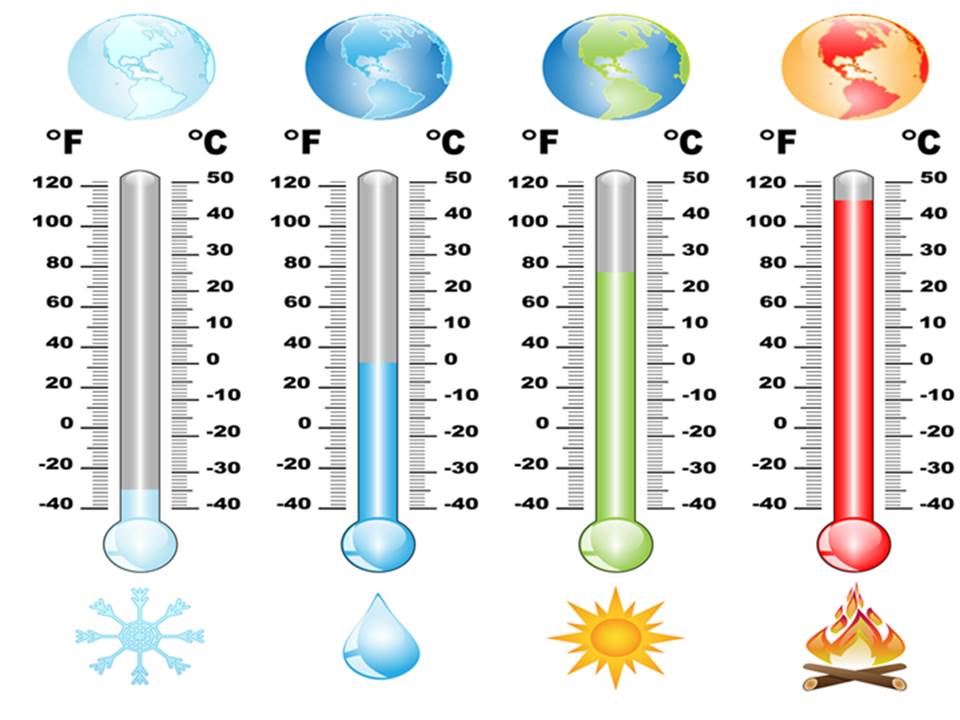Converting temperatures between Fahrenheit and Celsius is a common task that many people encounter in their daily lives, whether it be in cooking, weather forecasts, or scientific calculations. Understanding how to make this conversion is essential for anyone who wants to communicate temperature effectively across different regions and contexts. In this article, we will explore the relationship between these two temperature scales, the formulas used for conversion, and practical applications of this knowledge. By the end, you will have a solid grasp of how to convert grados Fahrenheit a grados C, along with a newfound appreciation for the intricacies of temperature measurement.
The Fahrenheit scale, developed by Daniel Gabriel Fahrenheit in the early 18th century, is primarily used in the United States and a few other countries. In contrast, Celsius, created by Anders Celsius, is the standard scale in most parts of the world. This divergence can lead to confusion, especially for travelers or those working in international settings. Understanding how to convert between these two scales can make a significant difference in everyday situations.
Throughout this article, we will provide clear explanations, examples, and practical tips to help you easily navigate the conversion process. Whether you are a student, a professional, or simply someone interested in understanding temperature measurement better, this guide on grados Fahrenheit a grados C will serve as a valuable resource.
What Are the Differences Between Grados Fahrenheit and Grados Celsius?
To understand the conversion process, it's essential to grasp the fundamental differences between the Fahrenheit and Celsius scales. Here are some key points:
- Fahrenheit: The freezing point of water is 32°F, and the boiling point is 212°F.
- Celsius: The freezing point of water is 0°C, and the boiling point is 100°C.
- Scale Increments: One degree Celsius is equivalent to 1.8 degrees Fahrenheit.
How Do You Convert Grados Fahrenheit a Grados C?
To convert degrees Fahrenheit to degrees Celsius, you can use the following formula:
C = (F - 32) × 5/9
Where C is the temperature in degrees Celsius and F is the temperature in degrees Fahrenheit. This formula allows for a straightforward conversion between the two scales.
Can You Provide Some Examples of Grados Fahrenheit a Grados C Conversions?
Absolutely! Here are a few examples demonstrating how to convert grados Fahrenheit a grados C:
- Example 1: Convert 32°F to Celsius.
- Solution: C = (32 - 32) × 5/9 = 0°C
- Example 2: Convert 68°F to Celsius.
- Solution: C = (68 - 32) × 5/9 ≈ 20°C
- Example 3: Convert 100°F to Celsius.
- Solution: C = (100 - 32) × 5/9 ≈ 37.78°C
Why Is It Important to Know How to Convert Grados Fahrenheit a Grados C?
Understanding how to convert between these two temperature scales is important for several reasons:
- Travel: Knowing the local temperature in Celsius can help travelers adjust to different climates.
- Cooking: Many recipes use Celsius, and being able to convert ensures accurate cooking temperatures.
- Science and Education: Students and professionals in scientific fields often need to communicate data in both temperature scales.
What Tools Can You Use for Converting Grados Fahrenheit a Grados C?
There are various tools available for converting temperatures, including:
- Online Converters: Websites and apps that can perform the conversion instantly.
- Calculators: Many scientific calculators have built-in functions for temperature conversion.
- Conversion Charts: Printable charts that provide quick reference for common temperature conversions.
Are There Any Common Misconceptions About Grados Fahrenheit a Grados C?
Yes, there are several misconceptions that people often have regarding temperature conversion:
- Linear Relationship: Many assume that the relationship between the two scales is linear, but it is not due to the different freezing and boiling points.
- Exact Equivalence: Some might think that 1°F equals 1°C, which is incorrect as the scales have different increments.
Conclusion: Mastering Grados Fahrenheit a Grados C Conversions
In conclusion, grasping the concept of converting grados Fahrenheit a grados C is not just a useful skill but a necessary one in our globally connected world. By understanding the differences between the two scales and practicing the conversion formula, anyone can become proficient in temperature measurement. Whether you're a student, a cook, or a traveler, this knowledge can enhance your understanding and communication regarding temperature.
Now that you have a comprehensive understanding of the topic, you're well-equipped to handle any temperature conversion with confidence!


